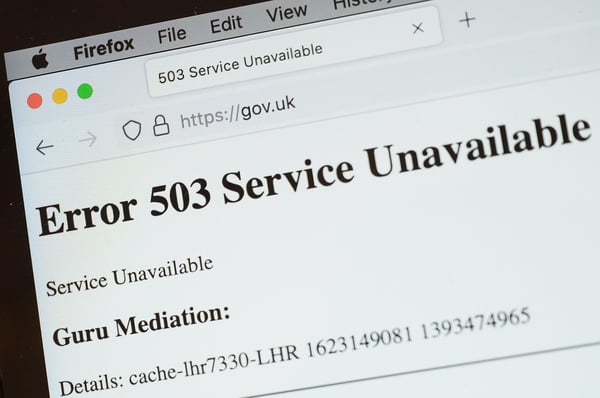Ofsted’s Remote Education Guidance shows the future of responsive services
The UK’s rapid shift to online learning for school children offers an accelerated view of the future of digital service provision - what are the early insights?
As the UK entered its third period of national lockdown in 2021, Ofsted released new guidance about the impact and effectiveness of remote learning for schoolchildren. Based on its interim visits, research and literature review, the report offers glimpses of the user-centred, responsive level of public services that we all hope is the future norm.
Education, like many other public services, has been forced by the Coronavirus to accelerate its transformation programme, offering a good test case for the rollout of digital delivery in other key areas. It's far from perfect, but the past year has seen real progress in the right direction.
Acknowledging the “heroic efforts of leaders, teachers and staff in developing remote education” it assesses common perceptions about remote learning, offering evidence that challenges many of the commonly held views.
Its top seven recommendations, in no specific order of importance, are:
1: Remote education is a way of delivering the curriculum
2: Keep it simple
3: When adapting the curriculum, focus on the basics
4: Feedback, retrieval practice and assessment are more important than ever
5: The medium matters (a bit)
6: Live lessons aren’t always best
7: Engagement matters, but is only the start
What does this tell us about the future of digital public service delivery?
-
The emphasis must continue to be on outcomes, rather than obsessing over the delivery method. The case for some form of digital delivery has been made - how can we embed it in a blended model to enhance and not just replace face-to-face delivery in future?
-
A robust feedback loop that captures the views and needs of users and operators is essential to the design of effective services.
-
A one-size-fits-all approach is unlikely to work - users/pupils’ ability to absorb and process information is not uniform. Digital, real-time delivery works for some, while asynchronous is more effective for others. Beware the halo effect of shiny new technology.
-
Less is more. Whether in education or wider public service provision, information overload is a real danger. The potential for digital channels to pump out huge amounts of information should be treated with caution - cognitive load is a key consideration.
-
Start with fundamentals - whether it’s a school curriculum or suite of social care services, don’t let the development programme of delivery tools drive the whole rollout. Prioritise the core services that deliver most impact.
-
Human-centric design. Digital delivery still needs to have a soul - human interaction and feedback cannot be uniformly replaced by technology.






